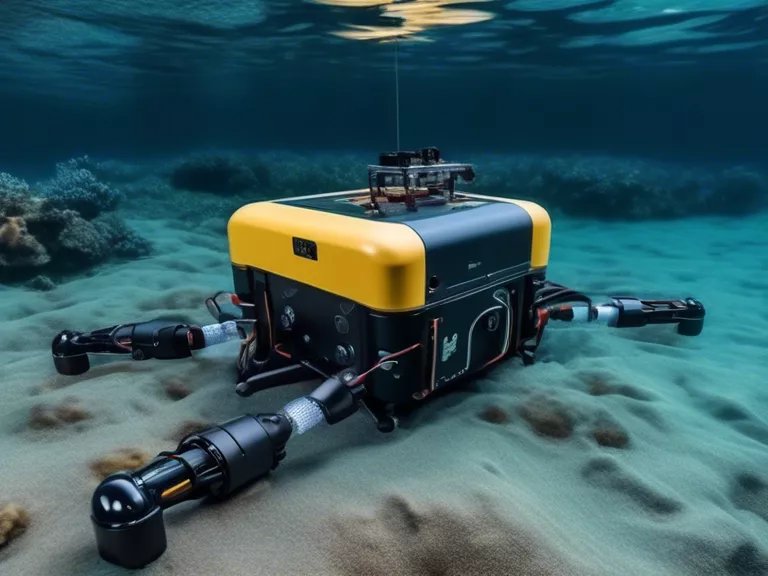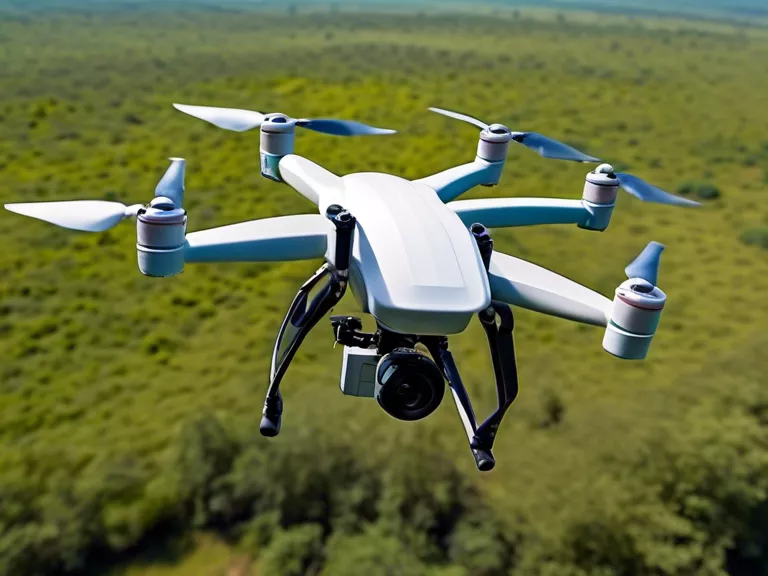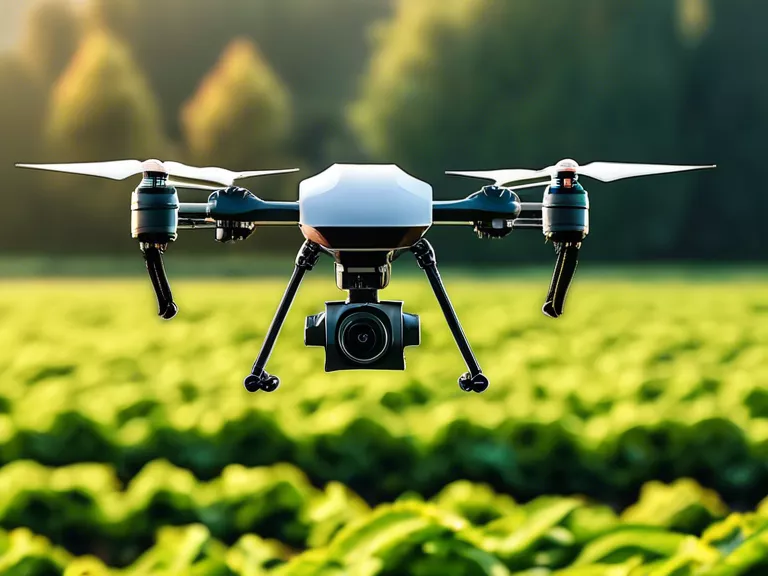
In recent years, artificial intelligence (AI) has revolutionized various industries, and the field of marine research is no exception. Autonomous underwater robotics, equipped with AI capabilities, have significantly impacted the way marine research is conducted. These advancements have led to more efficient data collection, improved mapping of underwater environments, and enhanced understanding of marine ecosystems.
One of the key areas where AI has made a substantial impact in autonomous underwater robotics is in their ability to adapt to changing underwater conditions. By utilizing machine learning algorithms, these underwater robots can analyze data in real-time and make informed decisions on the spot. This enables them to navigate through complex underwater terrain, avoid obstacles, and optimize their path for data collection.
Another significant aspect of AI in autonomous underwater robotics is the ability to detect and classify marine species. With the help of AI-powered image recognition technology, these robots can identify different species of fish, coral, and other marine organisms with a high degree of accuracy. This capability is invaluable for researchers studying marine biodiversity and ecosystems.
Furthermore, AI has also played a crucial role in data processing and analysis for marine research. Autonomous underwater robots can collect vast amounts of data during their missions, which would be overwhelming for human researchers to analyze manually. AI algorithms can process this data quickly and extract valuable insights, helping researchers make informed decisions and draw meaningful conclusions.
In conclusion, the integration of artificial intelligence in autonomous underwater robotics has transformed the landscape of marine research. These AI-powered underwater robots are revolutionizing the way data is collected, species are identified, and ecosystems are studied in the underwater realm. As technology continues to advance, the potential for further innovations in this field is boundless.



